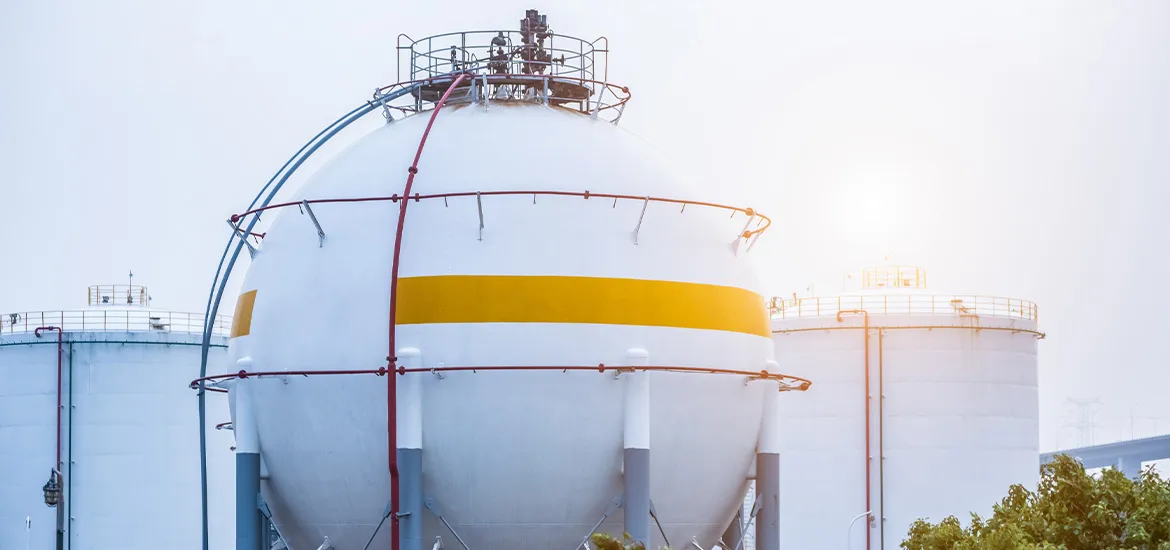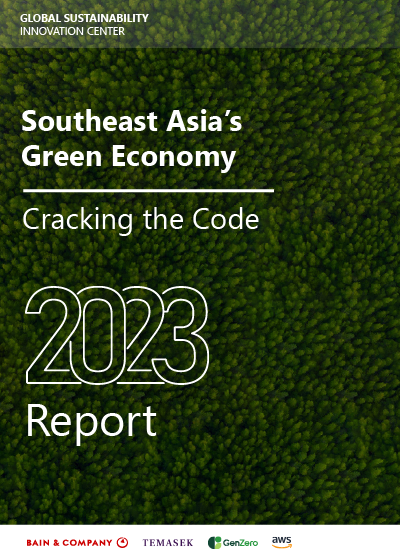The Singapore government is a step closer to clean ammonia power generation as it plans a request for proposals on developing and operating ammonia combustion power plants and bunkering facilities in Jurong Island.
Based on the proposals received, the government will appoint a lead developer for the project, said Trade and Industry Minister Gan Kim Yong on Monday (23 Oct 2023), who was speaking at the launch of the Singapore International Energy Week.
“This will be one of the first commercial projects in the world to test and deploy the use of ammonia as a fuel. It is an important milestone for Singapore’s search for viable decarbonisation pathways,” said Gan.
The request for proposals will be launched before the end of 2023. It comes after the Energy Market Authority (EMA) and the Maritime Port Authority of Singapore (MPA) launched an expression of interest (EOI) in December last year for such projects, as part of a wider national strategy to power Singapore with hydrogen to meet the country’s net zero by 2050 target.
There were six consortiums shortlisted after the EOI out of 26 proposals received both local and foreign interest, which Gan said reflected “strong industry interest”.








